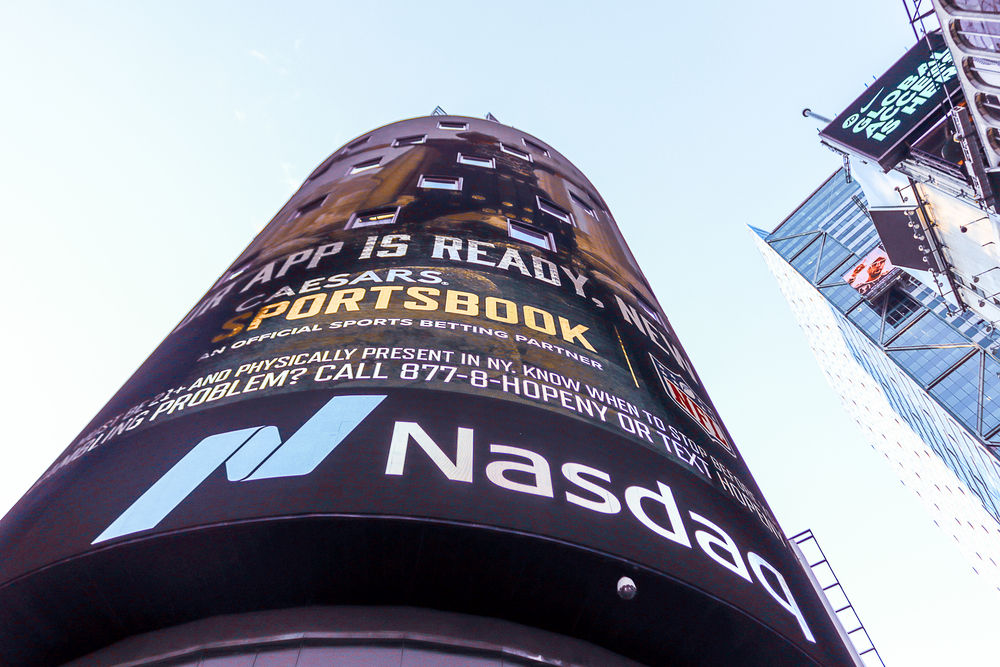The JPMorgan Nasdaq Equity Premium ETF (JEPQ) and Nasdaq 100 Covered Call ETF (QYLD) funds offer some of the biggest yields in the United States. JEPQ yields 9.30%, while the QYLD yields 11.46%, much higher than what the Nasdaq 100 index offers. So, how did these funds perform in 2024, and what is the outlook for 2025?
JEPQ ETF 2024 performance
JEPQ is a top exchange-traded fund that provides investors with exposure to the Nasdaq 100 index. Unlike other popular Nasdaq 100 funds like QQQ, the fund aims to provide monthly dividend payouts to investors using call options.
A call option is a financial trade that gives investors a right, but not the obligation, to buy an asset at a certain price and an expiry date. In its case, the fund has invested in the 100 companies that make the Nasdaq 100 index, including Apple, Microsoft, NVIDIA, and Amazon.
It has then sold or written a call option for the fund, receiving a premium. In this case, it benefits if the Nasdaq 100 index and the underlying stocks jumps. In theory, it can also benefit if the fund stays stagnant since it will pocket the call option premium.
The JEPQ ETF has broadly underperformed the Nasdaq 100 because of its strong rally. In a covered call ETF, a strong rally in the underlying asset reduces returns since it hits the strike price, missing the upside.
The JEPQ ETF’s total return this year was 27.5%, much lower than the Invesco QQQ’s (QQQ) 32%. However, in the long term, the JEPQ ETF has risen by 51% in the last three years compared to QQQ’s 42%.
Read more: JEPQ ETF stock sits at an all-time high: 3 catalysts to watch
QYLD ETF performance in 2024
The Global X Nasdaq 100 Covered Call ETF (QYLD) is another fund that aims to generate returns by investing in technology companies.
Like JEPQ, its portfolio is made up of 100 companies that make up the Nasdaq 100 index. It then writes or sells corresponding call options of the same index. Altogether, it aims to generate returns that correspond to the Cboe Nasdaq 100 BuyWrite V2 Index.
QYLD ETF has a higher dividend yield than JEPI since it pays about 11.46%. Its average four-year dividend yield has been 12.57%, which is much higher than other dividend-focused ETFs like SCHD and DGRO
The QYLD ETF has not done well over time, despite its strong dividend yield. Its three-year total return was just 19.7% compared to QQQ’s 41.90% and JEPQ’s 51.40%.
Read more: QYLD vs JEPQ: which is a better Nasdaq covered call ETF?
Outlook for JEPQ and QYLD for 2025
The stock market has done well in the past few years, with the Nasdaq 100 and S&P 500 indices more than doubling.
2025 may be a more difficult year for the market because of the stretched valuations and the soaring US debt.
Donald Trump has made many pledges, some that may have a negative impact on the stock market.
As Mark Zandi noted recently, the next existential threat for the US stock market is the bond market now that public debt has jumped to over $36.2 trillion. Trump has pledged to deliver more tax cuts, which will be unfunded.
I’ve argued that most asset markets appear overvalued, bordering on frothy. Stocks, corporate bonds, single family housing, crypto and gold, quickly come to mind. But what could be the catalyst for them to selloff? How about a meaningful correction in the Treasury bond market.
272
Reply
Copy link
He has also pledged to cut government spending and has appointed Elon Musk to lead these efforts. The challenge, however, is that DOGE’s responsibilities must be passed in Congress, which will be highly unlikely.
Therefore, there could be a major economic crisis in the United States in the coming months as we saw in 2022 during Lizz Truss’s era as the UK prime minister.
On top of this, stocks may go through a valuation reset as also happened in 2022. Heightened volatility may have a slight benefit to the covered call ETFs like QYLD and JEPQ but the impact will be muted. The QYLD ETF had a negative return of 19% in 2022, while QQQ shed over 32%.
The post JEPQ and QYLD ETFs outlook for 2025: are they good buys? appeared first on Invezz

